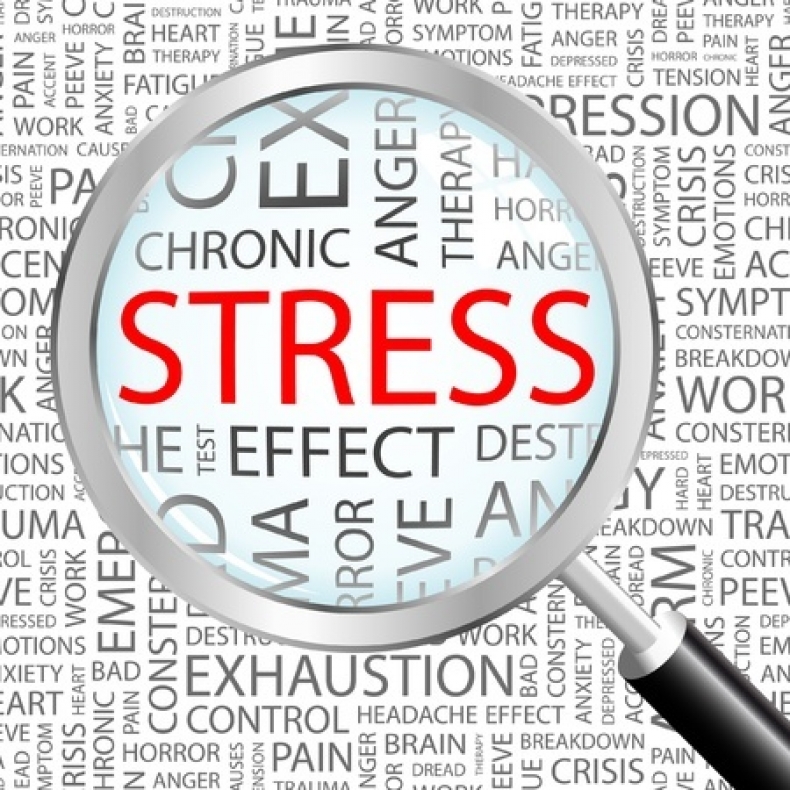Stress in the Workplace
Stress in the workplace
Stress has a major impact on the modern workplace, leading to Absenteeism, Risk Exposure and significant Cultural and Commercial Costs. Even though it is a very sensitive issue, stress and other psychosocial risks can be successfully tackled, and reduced; tackling stress in the workplace is worth the effort.
What Organisations Can Do
It's in a Leader's best interest to keep stress levels in the workplace to a minimum. Leaders can act as positive role models, especially in times of high stress, by following some simple tips. If a respected Leader can remain calm in stressful work situations, it is much easier for his or her employees to also remain calm.
What You Can Do
1.Greet People Cheerfully
Greeting people cheerfully, especially in the morning, is an important way to manage your stress. In doing this you set the tone for your (and their!) day. Imagine starting a day on a low and watch it get worse!
And the latest research shows…..
- Over 105 million days are lost to stress each year – costing UK employers £1.24 billion.
What is the cost of stress in the workplace?
What is the real price to pay for not investing in occupational safety and health? Many studies have previously tackled this question by evaluating the costs of poor or non-existent safety and health at work. This report reviews a selection of these studies and analyses the estimating methods used by each.
Stress in the City
The distress of the fortunate
When was the last time you left the office thinking, “I’ve just had the worst day of my life”?
Industry restructuring has tremendous impact on people made redundant, and companies rightly offer outplacement and other support services to those unfortunate enough to lose their jobs.
Harnessing culture against upheaval
Appeals to established norms of behaviour and performance can help people to deal with the stress of restructuring.
Industry upheaval and company restructuring can disfigure the cultural landscape of an institution.






